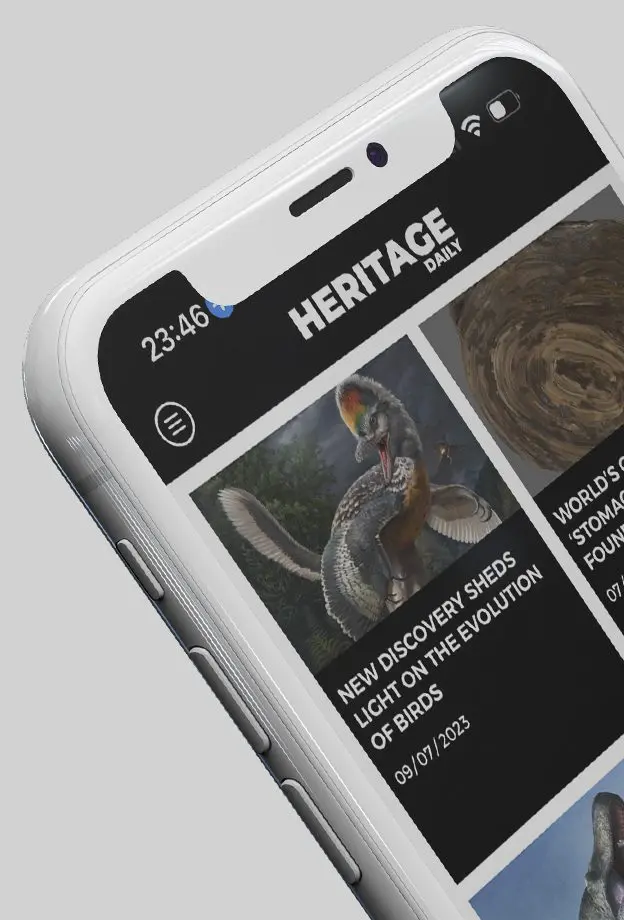Our Company
HeritageDaily LTD - Suite/Unit 40 17 Holywell Hill, St Albans, Herts, United Kingdom, AL1 1DT
Latest News
Bronze temple-façade box among new discoveries in Turda
Excavations of a Roman canabae legionis (civilian settlement) in Turda, Romania, have revealed a bronze box depicting a classical temple façade.
Roman writing tablets discovered in ancient wells
Archaeologists from the National Institute for Preventive Archaeological Research (INRAP) have discovered a rare collection of wooden writing tablets dating from the Roman period.
Depiction of Ancient Egyptian deities found in Roman bathhouse
Excavations in the city of Sagalassos in southwestern Turkey have uncovered Ancient Egyptian imagery in a Roman-era bathhouse.
Six “spooky” places across the UK to visit this Halloween
The UK is steeped in centuries of folklore, ghost stories, and eerie traditions. Castles, catacombs, and forests whisper tales of restless spirits and long-forgotten rituals, making the country a perfect destination for Halloween adventurers.
Lakes in the Gobi Desert nurtured human life 8,000-years-ago
According to a new study published in the journal PLOS One, the Gobi Desert, now one of the driest and most forbidding places on Earth, was once a land of lakes and wetlands that sustained human life over 8,000-years-ago.
Popular News
The mystery of Tutankhamun’s meteoric iron dagger
In 1922, Egyptian excavators led by Howard Carter discovered the tomb of Tutankhamun, an Egyptian pharaoh who was the last of his royal family to rule during the end of the 18th Dynasty.
Legio V Macedonica – The Last Roman Legion
Throughout the history of the Roman Empire, countless legions were raised and disbanded, but one legion endured the entirety, remaining in service to the Roman Empire and the Byzantine Empire, and marching on into the Middle Ages - The Legio V Macedonica.
Atlantis – The story behind the legend
Atlantis has become a taboo subject in many scholarly circles, often branded in pseudo-science and invented interpretations from Plato’s dialogues.
The Immortal Armour of China’s Jade Burial Suits
The Jade burial suits are hand-crafted jade suits from the Han Dynasty of China, used for the ceremonial burials of China’s elite and members of the ruling class.
The Pleasure Villa of Emperor Tiberius
The Villa of Tiberius is a Roman villa complex in the present-day town of Sperlonga, located on the western coast of Italy in the province of Latina.
© 2024 - HERITAGEDAILY LTD

